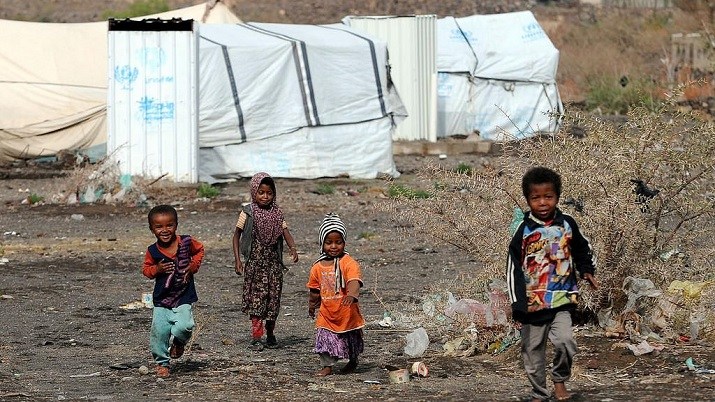Currently, Yemen is experiencing the worst humanitarian crisis in the world with an estimated 17 million at risk of starvation and a recent report by Save the Children estimated that 85,000 children under the age of five have already died from starvation. The total number of deaths has yet to be estimated but most experts agree the numbers are staggeringly high. The scale of the devastation is almost unbelievable and the powers involved are only exacerbating the war, but there is hope.
Yemen’s current political instability has its roots in the Arab spring 4 years prior. During massive political upheavals throughout the Middle East, Houthi insurgents (Shiite rebels) took control of Sana’a, Yemen’s capital in 2014.High fuel prices and the need for a political change pushed the Houthi’s into seizing the capital. Negotiations took place but failed quickly, the rebels then took control of the of the presidential palace in 2015 and forced the current President Abd Rabbu Mansour Hadi and his government into resigning.
It didn’t take long for Saudi Arabia and a coalition of Gulf states to start a campaign of economic blockades and air strikes targeting Houthi rebels and infrastructure. This coalition made up of Sunni Gulf states targeting followers of a denomination of Shia Islam has prompted a response from Iran. Iran’s been caught attempting to send weapon shipments to the Houthi rebels and when these shipments were seized Iran dispatched its own naval force further increasing the risk of conflict between the two countries.
Read the article at The Unschackled.

